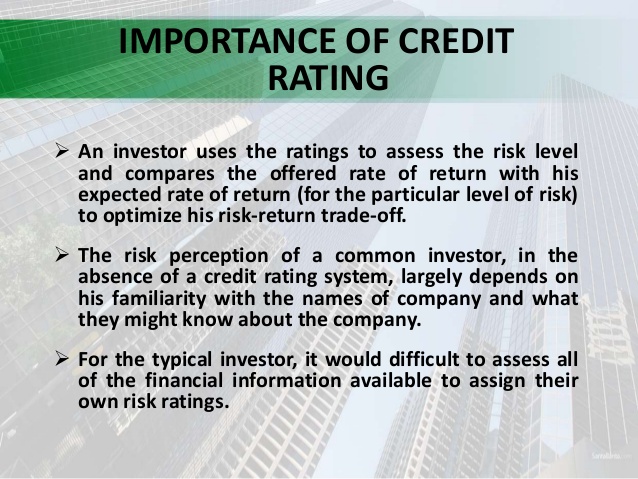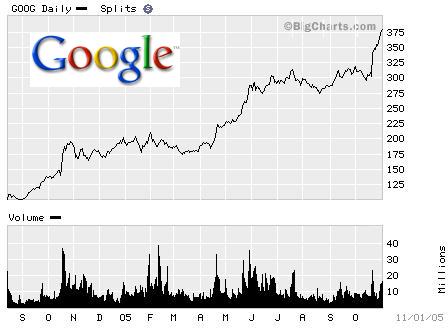Content
If, for example, there is a large imbalance between buy and sell orders, it could indicate a higher move as a result of buying pressure. Now that we’ve answered this question let’s move on to how to use a limit order when trading. If using a limit order, you would first determine whether you are looking to buy or sell stock. Let’s take a look at the photo example from our previous example. You decide, as previously discussed, that you only want to pay $20 for FHS stock but see that the market price for the stock is $36. You would then enter a limit order for $20, which indicates the price you are willing to purchase the stock for.
A day limit order remains active only for the duration of the trading period and does not carry over into after-hours trading sessions. However, if you are looking for your limit order to remain active for a longer time, you would opt for a good ’til canceled. A good til’ canceled (also known as GTC) limit order carries over into the next trading sessions until it expires, executes, or you decide to cancel the order.
Order Type In Depth – Limit Sell Order
This article, however, is going to focus on limit orders in options trading. Trailing stop orders offer an innovative solution for traders who want to ride the market waves, yet are unable to continually monitor their trades. This powerful tool automatically adjusts itself based on preset parameters, continuously tracking your asset’s quote movement and capturing maximum profits from even the most dynamic of trends. Putting together an investment strategy that includes your short- and long-term goals can make the process easier. Also, it is important to understand how different order types and other trading factors can benefit you, maximize your profit, and present certain risks. A mid-price order is an order whose limit price is continually set at the average of the “best bid” and “best offer” prices in the market.
- In addition to using different order types, traders can specify other conditions that affect an order’s time in effect, volume or price constraints.
- A sell limit order is basically the other side of the buy limit order coin.
- The Manufacturer Suggested Retail Prices (MSRP) is the price at which a product manufacturer suggests that a retailer sell a product, though the retailer doesn’t have to abide by the suggestion.
- While the net effect may be the same as a market order, it ensures the trader doesn’t execute at a wild price.
- Trading during extended and overnight hours comes with additional risks such as lower liquidity and higher volatility.
In contrast, uninformed traders are driven by liquidity in placing their limit orders. For example, they often use limit orders to garner profits from stocks with low liquidity. Only getting a few of the shares you want is another risk with limit orders — known as a partial order fill. Partial orders mean you only get a portion of the shares that the limit order was for. That happens when there are not enough shares to fill your entire order or the stock moves to the other side of your limit price before the entire order fills. A limit order is an order to buy or sell a stock at a set price or better — But there is no guarantee the order will be filled.
What’s a limit order price?
Security futures involve a high degree of risk and are not suitable for all investors. The amount you may lose may be greater than your initial investment. Before trading security futures, read the Security Futures Risk Disclosure Statement. Structured products and fixed income products such as bonds are complex products that are more risky and are not suitable for all investors. Before trading, please read the Risk Warning and Disclosure Statement.
To set a sell limit order, follow the same steps as above using the orange ‘Sell’ button. A limit order is an instruction to your broker to carry out a trade in the financial markets at a specified price that is more favourable than the current price. It is often used as an alternative to a market order in times of market instability or volatility, when a market order cannot guarantee you the optimal price on a trade. However, this is dependent on the asset reaching a specified price.
AAPL Spread Buy Limit
Placing a buy stop-limit order with a stop price at $20 and a limit price of $22 means that if Snap hits $20, the order becomes a limit order for $22. But the order will only be filled if you can buy at $22 or lower, effectively creating an even tighter range for what you would pay for Snap stock beyond just a limit or stop order alone. It’s worth noting that your trade won’t be executed if the price of the stock doesn’t ever reach the limit price.
- Ask a question about your financial situation providing as much detail as possible.
- So, you’ve bought your stocks in Zed Inc. at £30, now let’s say that you want to sell them at £35.
- A stop order will not be seen by the market and will only be triggered when the stop price has been met or exceeded.
- If using a limit order, you would first determine whether you are looking to buy or sell stock.
- With a sell limit order, a broker only sells your shares once the stock rises above a set limit price.
- Trading on margin is only for experienced investors with high risk tolerance.
If, on a volatile day, a £30 stock is trading between £30 and £40, investors who are using market orders will be at a real disadvantage. This is because they have no control over the price at which they are bought and sold. By using a limit order, one can be protected against buying too high or selling too low. The Charles Schwab Corporation provides a full range of brokerage, banking and financial advisory services through its operating subsidiaries.
Pros and cons of limit orders
Put options resemble limit orders in that both enable traders to purchase a stock at a pre-determined price and profit from a change in its price direction. No matter what type of https://www.bigshotrading.info/blog/option-trading-strategies/ order you choose, you cannot completely eliminate market and investment risks. For example, an investor wants to buy Snap stock but wants to wait until the stock rises higher.
What does order limit mean?
What is a limit order and how does it work? A limit order is an order to buy or sell a stock with a restriction on the maximum price to be paid (with a buy limit) or the minimum price to be received (with a sell limit). If the order is filled, it will only be at the specified limit price or better.
A stop sell order, also known as a stop-loss order, instructs a broker to sell once the price hits a set level below the current stock price — you typically place sell limit orders above the current price. A buy-stop order is typically used to limit a loss (or to protect an existing profit) on a short sale.[12] A buy-stop what is limit order price is always above the current market price. It can also be used to advantage in a declining market when an investor decides to enter a long position at what he perceives to be prices close to the bottom after a market sell-off. A limit order book (LOB) is a trading tool used by most exchanges across the world.
U.S. Treasuries (“T-Bill”) investing services on the Public Platform are offered by Jiko Securities, Inc. (“JSI”), a registered broker-dealer and member of FINRA & SIPC. See JSI’s FINRA BrokerCheck and Form CRS for further information. When you enable T-Bill investing on the Public platform, you open a separate brokerage account with JSI (the “Treasury Account”).







